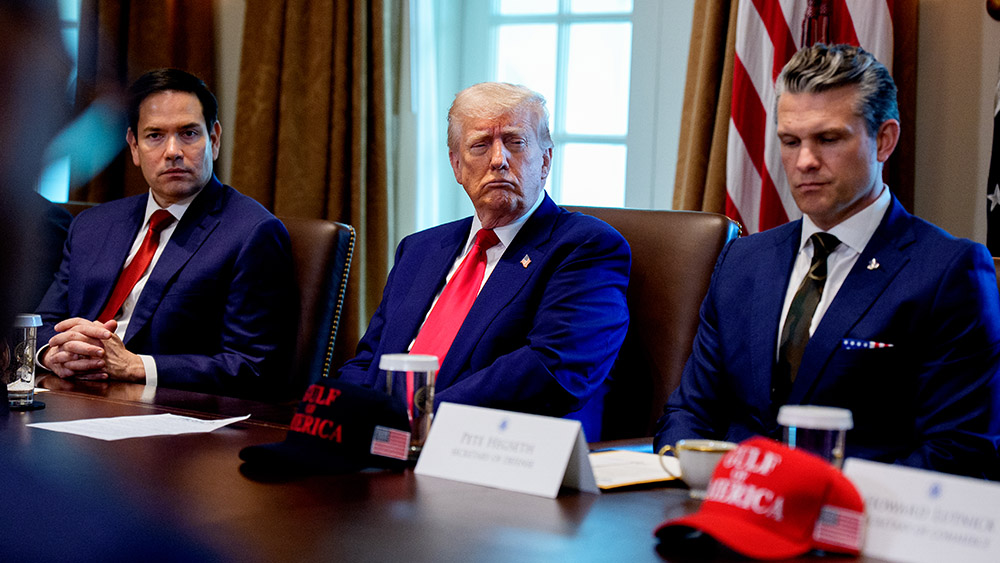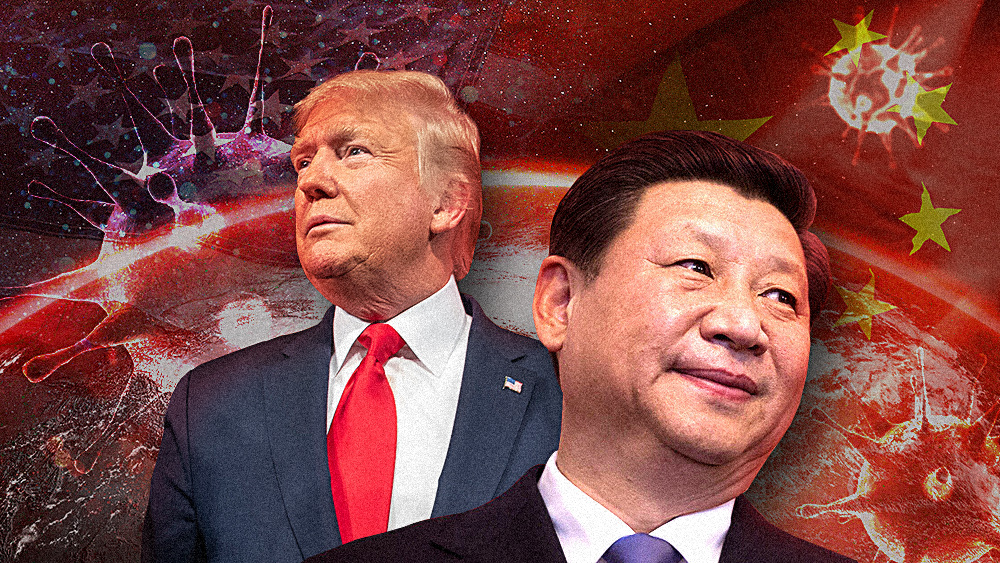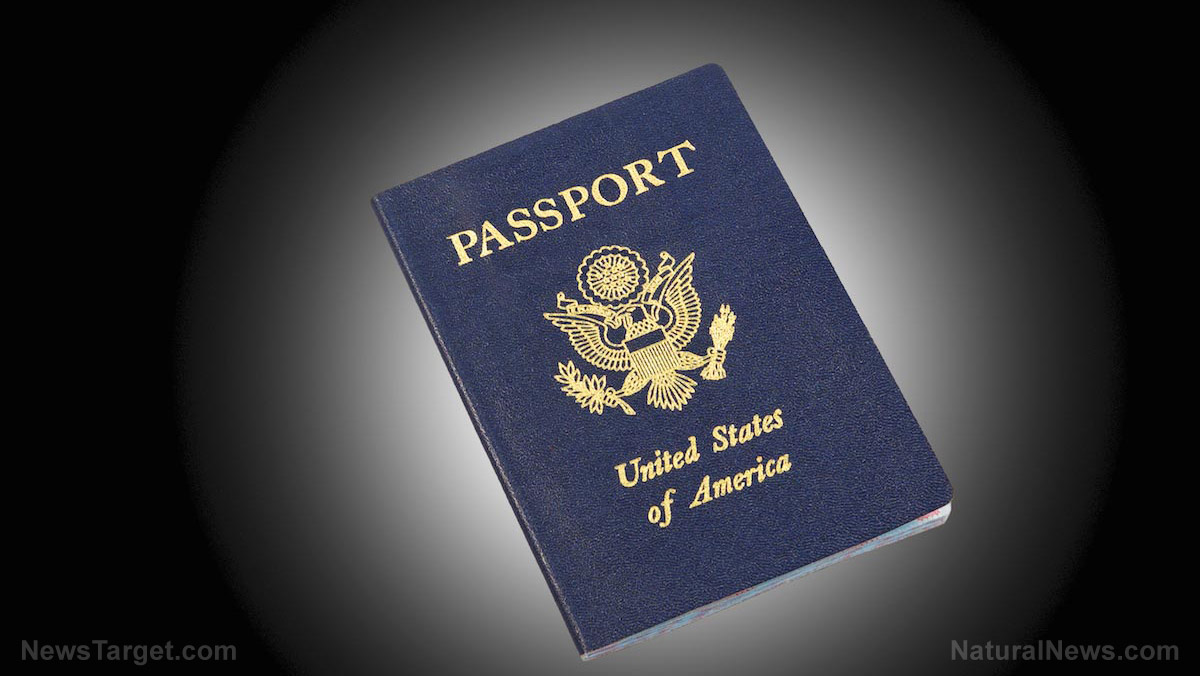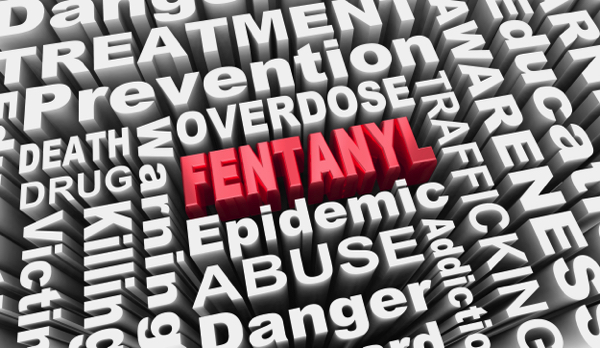 Parler
Parler Gab
Gab
- China will sentence fentanyl traffickers to death under a renewed pact with President Donald Trump.
- The Halt All Lethal Trafficking Act mandates minimum 10-year prison terms for distributing 100+ grams of fentanyl.
- Over 450,000 Americans have died from synthetic opioid overdoses since 2015.
- Trump imposed 20% tariffs on China to penalize its role in fentanyl supply chains.
- Critics warn the law risks overincarceration and fails to address root causes of addiction.
The HALT Fentanyl Act: Stricter penalties for traffickers
The bipartisan-supported HALT Act reclassifies all fentanyl-related substances as Schedule 1 drugs—denoting no accepted medical use—under the Controlled Substances Act. Distributors of 100 grams or more (enough to kill 50,000, per DEA estimates) face mandatory minimum sentences of 10 years. The law aims to close loopholes exploited by drug cartels, who alter fentanyl compounds to evade detection. Examples include carfentanil, 100 times stronger than fentanyl, which flourished as analogs escaped federal prohibitions. Symbolically, Trump surrounded himself with families of victims such as Anne Funder, whose son Weston died at 15 after unknowingly ingesting counterfeit pills laced with fentanyl. “You changed the narrative,” Funder told Trump, acknowledging his administration’s focus on punitive measures.Trade penalties and diplomatic accusations: Tariffs as a force multiplier
Trump’s threat of economic sanctions underscores his administration’s push to hold China accountable. Since his 2025 re-inauguration, tariffs of 20% have been applied to all Chinese imports, with $billions in penalties cited as retribution for Beijing’s role in global fentanyl supply chains. The president cited an executive order he signed in 2017, which designated drug trafficking tribes and transnational networks—including the Chinese Communist Party—as national security threats. While China banned two fentanyl precursors in July 2025 (post-meetings with U.S. officials), critics note prior assurances. A 2020 promise by China to restrict 80 fentanyl analogs was deemed ineffective by U.S. officials, who argue precursor chemicals continue flowing into Mexican cartels. “They deliver much of the fentanyl… some would say all of it,” Trump stated, framing enforcement as overdue.A divided response: Incarceration vs. treatment solutions
Opponents, like Sen. Ed Markey (D-Mass.), argue the law prioritizes “War on Drugs” tactics over public health. “This bill enables a political stunt,” Markey declared, citing concerns it may disrupt addiction treatment research and exacerbate incarceration rates in marginalized communities. Overdose death rates have declined slightly, falling to 97,000 annually in 2024 from 113,000 in 2023, but deaths remain the top cause for Americans aged 18-44. Fentanyl’s sheer lethality—fatal doses often smaller than a grain of salt—has politicized responses. While the White House emphasizes deterrence, detractors stress addressing addiction through medical treatment and reducing stigma. The Century Foundation warns the HALT Act’s focus on supply-side restrictions “distracts from proven harm reduction methods like overdose-reversal medication.”Fentanyl’s decade-long toll and escalating diplomacy
The crisis accelerated post-2016, when illicit fentanyl imports from China surged. Over 3,000 Americans were killed monthly last year, most blissfully unaware of fentanyl’s role in counterfeit pills (e.g., Adderall or Xanax). Early efforts included Trump’s 2017 executive order targeting transnational crime networks, but critics say enforcement lapsed. By 2023, over 400,000 deaths were tied to illicit fentanyl since 2016, per the DEA. China’s recent actions highlight diplomatic tensions. Earlier this year, it executed four Canadian dual citizens for drug offenses, spurring global outcry. Beijing’s adherence to the death penalty for fentanyl could signal a nod to Trump’s “tough on crime” rhetoric, though experts question efficacy.A divergent roadmap for ending the opioid crisis
As Trump lauds the HALT Act and China’s death penalty pledge, the nation remains divided on the best path to address addiction. Proponents see the death penalty and stricter laws as necessary deterrents, while critics stress over-incarceration risks and the need for drug treatment expansion. The administration’s policies blend law enforcement and symbolism—but whether the combination halts the deadliest overdose wave in U.S. history remains uncertain. One victim’s mother summed up the stakes: “This is not just about saving lives… it’s about honoring those we’ve lost.” Sources for this article include: ZeroHedge.com TheEpochTimes.com AlJazeera.comU.S. and China near trade deal as Stockholm talks aim to avert August tariff spike
By Cassie B. // Share
U.S. to impose new “visa integrity fee” on millions of foreign visitors
By Laura Harris // Share
40% of school violence suspects in Germany are foreign nationals, government data reveals
By Laura Harris // Share
Maria Zeee and Mike Adams on decentralization, transparency and the future of technology
By Kevin Hughes // Share
Trump signs executive order to clear homeless encampments nationwide
By Laura Harris // Share
Federal appeals court strikes down California’s ammunition background check law
By Laura Harris // Share
Governments continue to obscure COVID-19 vaccine data amid rising concerns over excess deaths
By patricklewis // Share
Tech giant Microsoft backs EXTINCTION with its support of carbon capture programs
By ramontomeydw // Share
Germany to resume arms exports to Israel despite repeated ceasefire violations
By isabelle // Share










